Written by Damon Hendrickson. Published by ScienceBasedChiropractic.com
Do you ever have trouble falling asleep? How about staying asleep- tossing and turning throughout the night? Have you ever stepped out of bed in the morning feeling stiff and sore? If you are experiencing any of these all too common symptoms your mattress may be to blame.
Musculoskeletal pain –aches and pains stemming from muscles, joints, or connective tissue- is the leading cause of disability worldwide. In most cases back pain is caused by non-organic, mechanical type disorders – meaning they are not caused by serious conditions, such as arthritis, infection, fracture or cancer. Both the amount of sleep you get each night as well as the quality of your sleep play a large role in the health of your spine and the likelihood of developing back pain. [1] We all know that buying a good mattress is important, and that our bodies need rest. Waking up stiff and sore is a good indicator that your mattress may be to blame. Independent and consumer research has consistently demonstrated that the type of mattress you choose will have a large impact on your aches and pains, especially back pain. [2]
But what is a “good” mattress? With so many options, buyers often suffer from choice paralysis and end up buying either the first bed they come across or the cheapest option in the store. The size, shape, firmness, support level and design materials play a large role in determining the overall sleep quality you will receive with your new mattress. In this article I will explain the differences between each type of mattress and exactly what to look for the next time you head to the big box store.Read More

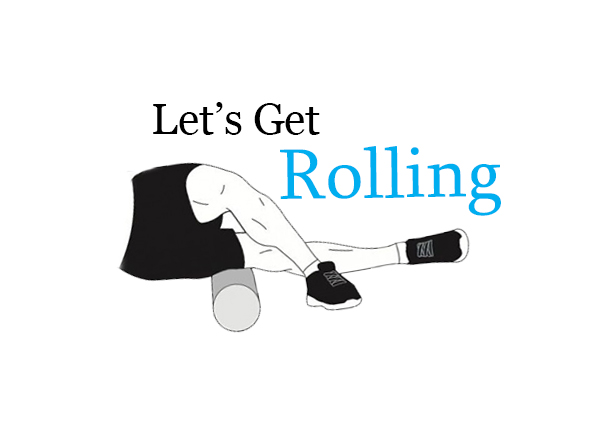
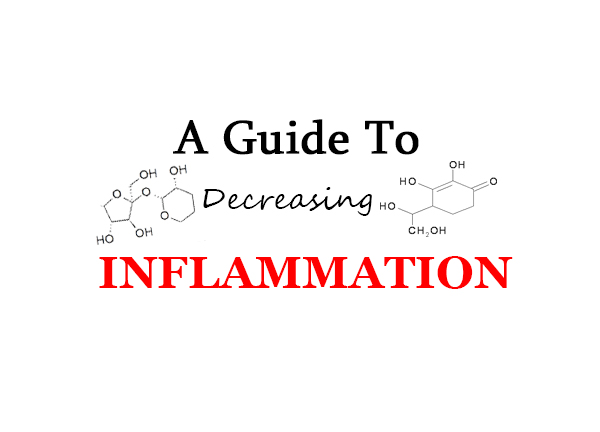
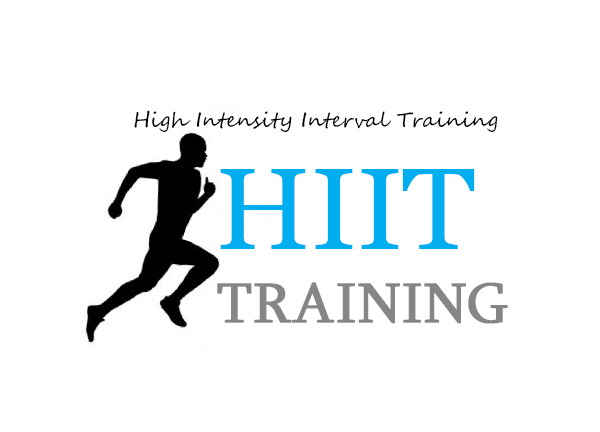
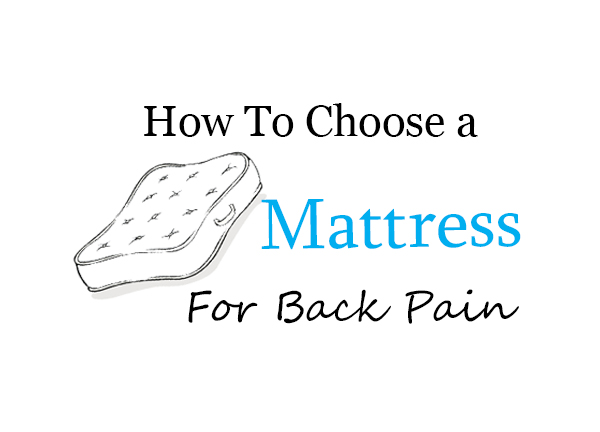
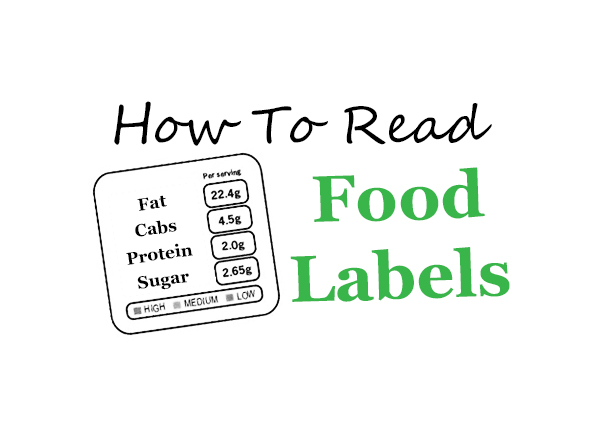
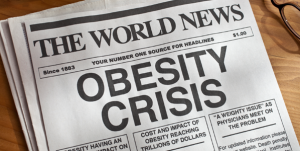 According to the CDC data, in 2015 there was not one state in the whole of the United States that had an obesity rate less than 20% [1]. Additionally, approximately 17% of children in our country are obese [2]. These are absolutely staggering numbers and reflect a huge crisis of nutrition education and consumption of healthy food in our
According to the CDC data, in 2015 there was not one state in the whole of the United States that had an obesity rate less than 20% [1]. Additionally, approximately 17% of children in our country are obese [2]. These are absolutely staggering numbers and reflect a huge crisis of nutrition education and consumption of healthy food in our